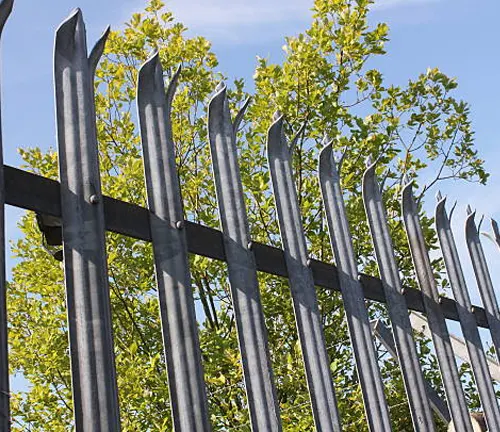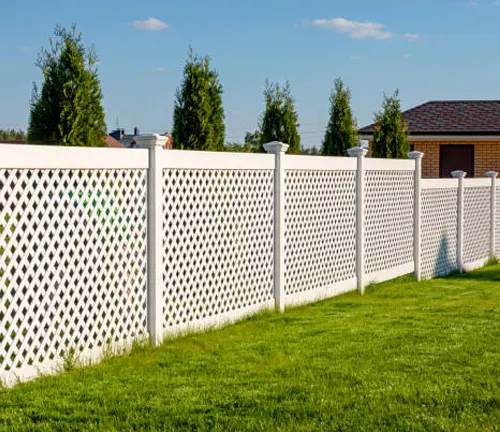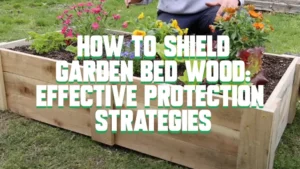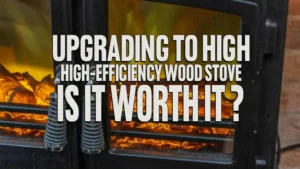How to Calculate Fence Cost
- October 1, 2024
- 0 comment
When planning to install a fence, one of the first questions homeowners often ask is. How much will it cost? Whether you’re looking to secure your property, boost privacy, or simply enhance curb appeal, understanding the factors that contribute to fence cost is crucial for budgeting accurately.

In this guide, we’ll break down the process of calculating fence costs by explaining key terms, identifying critical factors, and outlining different types of fences and their impact on pricing. By the end, you’ll have the tools you need to estimate your fence project effectively.
What Does Fence Cost Include?
Before diving into the specific costs, it’s essential to define what we mean by “fence cost.” This figure typically covers materials, labor, and any additional fees such as permits or land surveys. Understanding these categories helps clarify where your money will go.
- Materials: The type of material you choose (wood, vinyl, metal, etc.) greatly impacts the price.
- Labor: If you hire professionals to install the fence, labor costs will make up a significant portion of your budget.
- Permits and Surveys: Some localities require permits or property surveys, which may add to your overall expense.
Factors Affecting Fence Cost
Several factors influence the total cost of a fence project. Here’s a closer look at the most significant considerations:
1. Material Choice
The material you choose for your fence is perhaps the most impactful factor on cost. Let’s look at some common fencing materials and their price ranges:
- Wood: Often chosen for its natural look, wood fences can vary in cost depending on the type of wood used. Pressure-treated pine, for example, is less expensive than cedar or redwood. Expect to pay between $10 and $30 per linear foot.
- Vinyl: Vinyl fencing is popular for its low maintenance and durability. However, it can be pricier upfront, averaging $20 to $40 per linear foot.
- Chain-Link: One of the most affordable options, chain-link fencing costs around $10 to $20 per linear foot, making it a practical choice for security purposes.
- Wrought Iron/Steel: These materials offer a classic, durable look but come with a higher price tag, often ranging from $25 to $60 per linear foot.
2. Fence Height and Length
Both the height and length of your fence significantly affect the total cost. A taller fence requires more materials, while a longer fence will increase the linear footage, impacting both material and labor costs.
To estimate this, first determine the perimeter of the area to be fenced, then multiply it by the cost per linear foot of your chosen material.

For example, if you need 150 feet of 6-foot-tall wood fencing at $20 per linear foot, the material cost alone would be around $3,000.
3. Terrain and Site Conditions
Installing a fence on level ground is generally straightforward. However, if your property has steep slopes, rocky ground, or dense vegetation, you may face additional challenges. These conditions can drive up both material and labor costs as more specialized equipment or extra preparation work is needed.
4. Labor Costs
Labor costs can vary depending on where you live, the complexity of the installation, and the material used.
For instance, wood fences usually require more time to install than chain-link fences, which can affect labor expenses. On average, labor costs range from $30 to $80 per hour, but it’s important to obtain quotes from local contractors for more precise figures.

5. Additional Features
Certain features, such as gates, post caps, or decorative elements, can increase the overall price. A standard fence gate may cost between $150 and $500 depending on the material and style, while custom designs or automated gates can push costs even higher.
Types of Fencing and Their Impact on Cost
Beyond material, the type and purpose of the fence also influence the overall cost. Here’s a quick look at how different types of fences stack up in terms of cost and functionality:
1. Privacy Fences
Privacy fences are typically 6 to 8 feet tall and made from wood or vinyl to block visibility, making them ideal for backyards. Due to requiring more materials, privacy fences are generally more expensive than decorative or security options.

2. Decorative Fences
Decorative fences, often made from wrought iron or aluminum, serve an aesthetic purpose while still providing some security. These fences are shorter and less material-intensive, leading to lower costs than full privacy fences.
3. Security Fences
Security fences, like chain-link or metal, are designed to keep intruders out and are often more affordable, especially chain-link. Upgrading security features, such as barbed wire or taller posts, can increase costs.
Practical Tips for Reducing Fence Costs
Here are a few practical strategies to help reduce costs without compromising on quality:
- DIY Installation: If you’re handy with tools, consider installing the fence yourself to save on labor costs. Be sure to account for the time, effort, and potential challenges.
- Buy in Bulk: If you’re working on a large project, purchasing materials in bulk may allow you to secure discounts from suppliers.
- Get Multiple Quotes: Always obtain several quotes from local contractors to compare labor and material costs. This ensures you’re getting the best value.
- Opt for Simpler Designs: Ornate designs and custom features can quickly increase costs. Opting for simpler designs can reduce material and labor expenses.
- Consider Low-Maintenance Materials: While vinyl and metal may have a higher upfront cost, they require less maintenance over time, which can lead to long-term savings.
Final Thoughts and Actionable Advice
Calculating the cost of a fence requires careful consideration of various factors, including material choice, fence dimensions, site conditions, and labor costs. Understanding these components will give you a more accurate estimate for your project, allowing you to budget effectively.
To get started:
- Measure your fence area.
- Research different materials and their costs.
- Factor in additional expenses such as gates, permits, and labor.
- Request multiple quotes from contractors to ensure you’re getting a fair price.
By taking these steps, you can approach your fencing project with confidence and make informed decisions that suit your budget and needs.
Frequently Asked Questions (FAQ’s)
- How do I calculate the cost of my fence?
Measure the perimeter, multiply by material cost, and add labor and extras. - What is the cheapest fencing material?
Chain-link fencing is the most affordable, costing $10-$20 per foot. - How much does labor cost for fence installation?
Labor costs range from $30-$80 per hour, depending on complexity. - Do I need a permit to install a fence?
Yes, permits are often required. Check local regulations for specifics. - How long does it take to install a fence?
A standard fence installation takes 1 to 3 days typically. - What additional costs should I consider?
Consider gates, permits, land surveys, and custom features for extras. - How can I reduce the cost of my fence project?
DIY, simpler designs, affordable materials, and multiple quotes help reduce costs. - Which fence materials require the least maintenance?
Vinyl and metal fences need less maintenance than wood fences. - Can I install a fence on uneven ground?
Yes, but uneven terrain increases labor and material costs. - How long do fences typically last?
Wood lasts 10-15 years; vinyl and metal last 20+ years.

Benjamin Brooks
Forestry AuthorGreetings! I'm Benjamin Brooks, and my journey over the past 15 years has revolved around the fascinating realms of content creation, expertise in snow clearing, and the intricate world of lumberjacking and landscaping. What began as a simple curiosity about the natural world and heavy machinery has evolved into a passionate profession where my love for crafting words intertwines seamlessly with my lumberjacking and garden skills.













Leave your comment